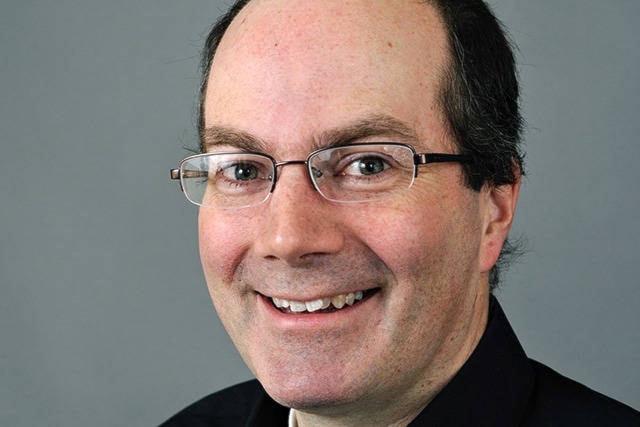Zero day for the Yukon’s rainy day fund was Oct. 5. The Yukon government’s cash burn rate of $160,000 per day ate into our cash pile, which ran down to nothing on that date and we went into debt.
The cash surplus at the beginning of the fiscal year was $30 million and the latest supplemental budget expects we will be $28 million in the red by March 31. If you draw a line between those two numbers, you can even predict the exact minute we went from black to red: 10:20 p.m.
We didn’t really go into debt that minute. The banks were closed. It really depends when exactly our cheques arrive from Ottawa, and how wily our government officials are in delaying payments the Yukon government owes businesses and citizens.
But the fundamental truth, according to the accounting principles underlying the Yukon government financial reports, is that our government has joined most provinces and states in having a net debt position.
Cash deficits aren’t automatically bad. If you need to stimulate the economy or invest in for the future public good, then borrowing can make sense.
However, the economy doesn’t need much stimulation right now. Unemployment is at historically low rates. Vacancy rates are also extremely low.
This raises risks for the next downturn, which has to come sooner or later. To stimulate the economy then, the government will have to keep the deficit spending at its current level and then add even more spending. Since our cash is gone, that money will have to be borrowed. That’s a recipe for a rapid deterioration in our public finances.
If you’re wondering what the Yukon’s expert financial advisory panel recommended last year, it was not big, sustained deficits in good economic times.
One can make the argument for deficits to fund infrastructure, especially if the feds are offering to pay 50 per cent or 75 per cent of certain projects if the Yukon kicks in money too. However, I have to ask if we really need to borrow extra money for infrastructure when the feds are already giving us $1.1 billion this year. That’s about $30,000 per Yukoner.
And keep in mind that this year’s capital budget will be the lowest of the last five years. The government has been shifting the mix of its spending from capital to operations.
The big question about the infrastructure investment is whether it will stimulate future economic growth that will pay off the debt. If BC borrows to build a new container port for trade with Asia, that will come back to the province through future tax revenues. If the Yukon government borrows to build continuing care facilities, as much as one is needed, it is really just “pre-spending” future transfer payments.
The current government did not set us on this path. The cash surplus peaked in March 2015 at $223 million. The Pasloski government spent freely in the run up to the election. There was only $93 million left by the beginning of the first full fiscal year managed by Premier Silver.
Unless our path changes, the next government will inherit a sizable debt.
The big question for the current government is whether they want their legacy to be a large debt, or if they will correct the course we are on in the next budget.
I had originally planned to write this column in November, since the figures in the spring budget indicated that Zero Day would be Nov. 2. However, the recent supplemental budget showed that our daily cash burn rate had increased from $140,000 per day to $160,000. I discovered that Zero Day had come nearly a month early.
Recently leaked management board documents said the government was planning a one per cent cut in operations and maintenance budgets. If you went farther and held departmental spending flat, it wouldn’t take many years to erase the cash deficit since our transfer payment grows a bit every year. If you took a more thoughtful approach and cut some less critical programs even further, you could quickly accumulate cash to invest in future priorities such as green energy or education.
However, if the government chooses to keep the cash burn going through the next election, our debt will keep rising. Sooner or later, the experience of other jurisdictions shows us that will mean real cuts, tax increases and the inability to afford the infrastructure the next generation needs.
Keith Halliday is a Yukon economist and author of the MacBride Museum’s Aurore of the Yukon series of historical children’s adventure novels. He is a Ma Murray award-winner for best columnist.
